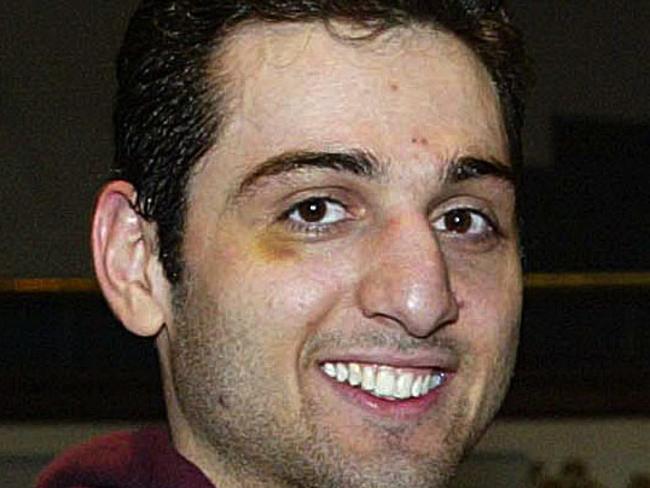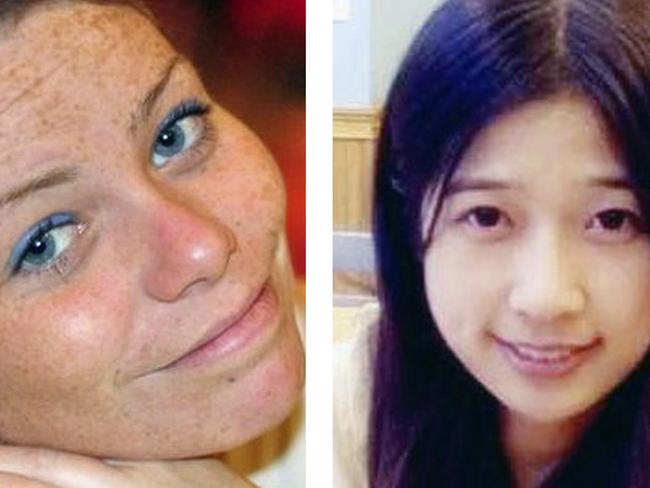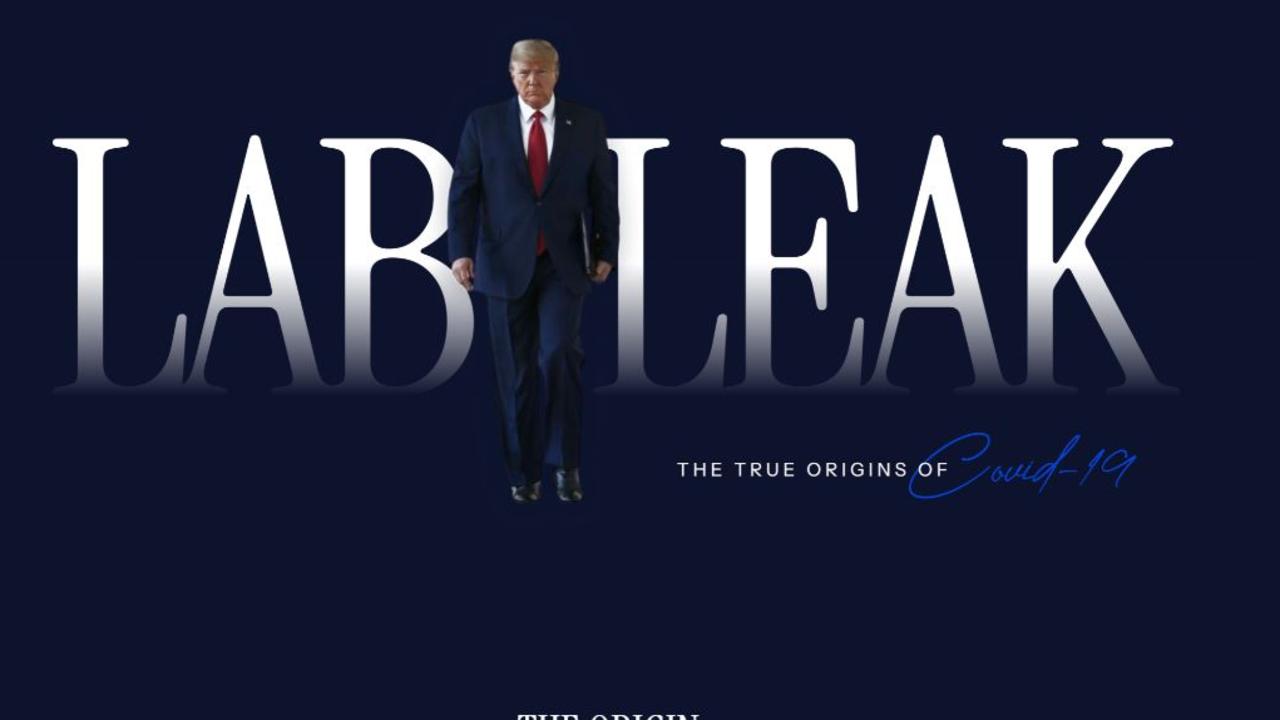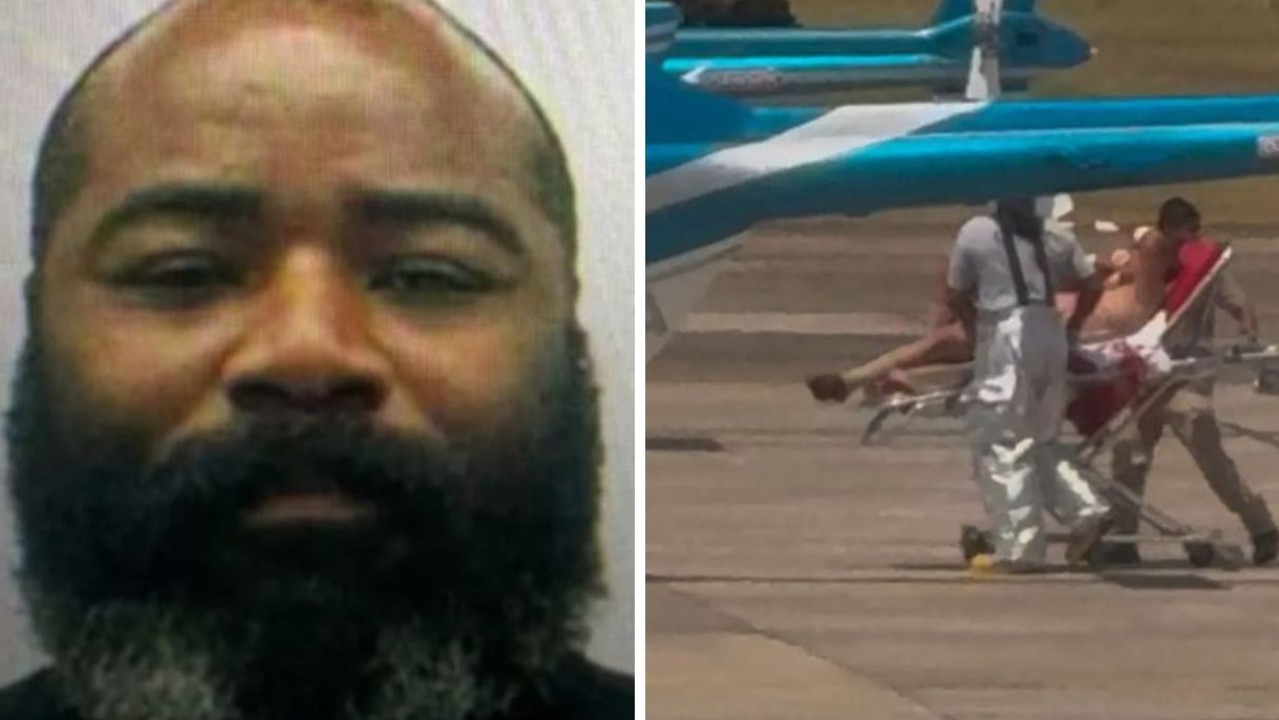Dzhokhar Tsarnaev’s lawyer tells jury ‘it was him’ in bid to save him from execution
THE Boston bombing trial has begun with a shocking claim from the lawyer representing the man said to be the mastermind behind an attack that “tore chunks” from a child.
World
Don't miss out on the headlines from World. Followed categories will be added to My News.
DZHOKHAR Tsarnaev, the accused Boston bomber, agrees with prosecutors about one thing. He did it.
“It was him,” his lawyer Judy Clarke told the jury as she delivered her opening statement to the jury yesterday in what is expected to be the most closely watched terrorism trial in decades.
Tsarnaev, now 21, is on trial for the Boston bombing which killed three people and injured more than 260 when two pressure-cooker bombs exploded near the finish line seconds apart on April 15, 2013. Tsarnaev is accused of carrying out the attacks with his older brother Tamerlan, who died in a dramatic shootout with police.
Ms Clarke’s bold admission was made because she is not trying to save him from a guilty verdict, but from the death penalty.
She said Tsarnaev would not try and cover up the role he played in the “senseless, horribly misguided acts” but maintained they were “carried out by two brothers” and Tsarnaev was heavily influenced by his sibling.


That influence was greater than physical threats.
“The evidence will not establish and we will not argue that Tamerlan put a gun to Dzhokhar’s head or that he forced him to join in the plan, but you will hear evidence about the kind of influence that this older brother had.”
She told the jury of 10 women and eight men of the moments that lead to the attack.
“On the day of the Boston Marathon, Tamerlan Tsarnaev walked down Boylston Street with a backpack on his back carrying a pressure cooker bomb in his backpack. [And] Dzhokhar Tsarnaev walked down Boylston street with a backpack with a pressure cooker bomb in it.”
And then she said: “If the question is: was it [Dzhokhar] who dropped the backpack, I’ll make it easy for you. It was him.”
An examination of the brothers computers showed they had been reading and researching different things, she argued. Tamerlan was “immersed” in death reading extremist materials while his younger brother read about cars, girls, and used Facebook “ ... doing things teenagers do.”
“He came to his role from a very different path than that suggested by the prosecution,” she said at the end of her opening address. “A path suggested by his brother, paved by his brother. Unfortunately, and tragically, [he] was drawn into his brother’s passion and plan — and that led him to Boylston Street.”

Before she spoke, the assistant US attorney William Weinreb used his opening statement to lay out the prosecutions version of events.
That included at times graphic images of the victims and details of the trauma the survivors suffered.
“The race had started, the sidewalks were packed with spectators … There were people from all over the world, and all walks of life, all loudly cheering the runners,” Mr Weinreb said.
“But the defendant wasn’t there to watch the race. He had a backpack over his shoulder, and inside the backpack was a homemade bomb, a type favoured by terrorists because it tears people apart and creates a spectacle. It was a pressure cooker, filled with little pieces of tiny shrapnel. The purpose of that bomb is to shred flesh … and cause its victims to die painful deaths,” Weinreb said.
“The defendant’s goal that day was to kill and maim as many people as possible.”
He rejected the suggestion Tsarnaev was under the influence of his brother and therefore less blameworthy, and several times called the brothers “partners” in carrying out the attacks.
The prosecutor said Tsarnaev had become radicalised by listening to terrorist speeches online, and had al-Qaeda magazines which included instructions on how to build a pressure cooker bomb like that used on the day of the marathon.



He also described a manifesto which he said Tsarnaev had written on the wall of the boat in which he was found, which he said in part read: “I ask Allah to make me a shaheed, to allow me to return to him and be among the most righteous people in heaven. Allah akbar.”
“Shaheed means martyr,” Weinreb said, adding: “He wrote ‘the US government is killing our innocent civilians … I can’t let this go unpunished.’”
He detailed Tsarnaev’s conduct after the bombing where he went to university as normal, spent time with friends and partied — “like he didn’t have a care in the world”.
At this time a message was posted on his Twitter account that read: “I’m a stress free kind of guy.’

“He acted that way because he believed that what he had done was good. He believed he was in a holy war, and had won an important victory in that war, and he believed that he had taken a step towards reaching paradise. That was his motive.”
The courtroom was packed with families of survivors and victims. Among them were the parents of eight-year-old Martin Richard, Bill and Denise Richard, who was standing on a metal barrier with other children when the bombs exploded.
“The bomb tore large chunks of flesh out of Martin Richard,” he said before adding the “air was filled with the smell of burning sulphur and people’s screams.”
Also in court was Heather Abbott who lost a leg in the attack. The survivors stared at him as the lawyers spoke, but Tsarnaev sat looking almost relaxed and did not look at them.
The trial will be split into two phases. The first to decide guilt or innocence, the other to determine punishment. If Tsarnaev is convicted, the jury will decide whether he gets life in prison or death.
Massachusetts hasn’t had the death penalty in three decades, and the state hasn’t executed anyone since 1947. But it is still an option because the case is being prosecuted in federal court, which allows for the death penalty as punishment for some crimes, including terrorism.
The trial is expected to last four months.
Originally published as Dzhokhar Tsarnaev’s lawyer tells jury ‘it was him’ in bid to save him from execution


